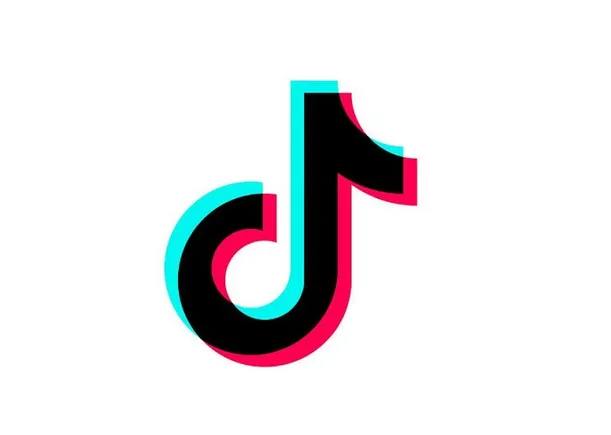# TikTok Shares Knowledge on EU Enforcement Actions in H2 2024

TikTok has revealed its newest Transparency Report, as required below the EU Code of Observe, which outlines all the enforcement actions it undertook inside EU member states over the past six months of final yr.
And there are some fascinating notes in regard to the affect of content material labeling, the rise of AI-generated or manipulated media, overseas affect operations, and extra.
You may obtain TikTok’s full H2 2024 Transparency Report right here (warning: it’s 329 pages lengthy), however on this publish, we’ll check out a number of the key notes.
First off, TikTok experiences that it eliminated 36,740 political advertisements within the second half of 2024, consistent with its insurance policies in opposition to political data within the app.
Political advertisements should not permitted on TikTok, although because the quantity would recommend, that hasn’t stopped numerous political teams from searching for to make use of the attain of the app to develop their messaging.
That highlights each the rising affect of TikTok extra broadly, and the continuing want for vigilance in managing potential misuse by these teams.
TikTok additionally eliminated nearly 10 million pretend accounts within the interval, in addition to 460 million pretend likes that had been allotted by these profiles. These might have been a method to control content material rating, and the removing of this exercise helps to make sure genuine interactions within the app.
Nicely, “genuine” by way of this coming from actual, precise individuals. It will possibly’t do a lot about you liking your buddy’s crappy publish since you’ll really feel unhealthy in case you don’t.
By way of AI content material, TikTok additionally notes that it eliminated 51,618 movies within the interval for violations of its artificial media movies for violations of its AI-generated content material guidelines.
“Within the second half of 2024, we continued to put money into our work to average and supply transparency round AI-generated content material, by changing into the primary platform to start implementing C2PA Content material Credentials, a know-how that helps us establish and routinely label AIGC from different platforms. We additionally tightened our insurance policies prohibiting harmfully deceptive AIGC and joined forces with our friends on a pact to safeguard elections from misleading AI.”
Meta not too long ago reported that AI-generated content material wasn’t a significant factor in its election integrity efforts final yr, with rankings on AI content material associated to elections, politics, and social subjects representing lower than 1% of all fact-checked misinformation. Which, on steadiness, might be near what TikTok noticed as properly, although that 1%, at such an enormous scale, that also represents numerous AI-generated content material that’s being assessed and rejected by these apps.
This determine from TikTok places that in some perspective, whereas Meta additionally reported that it rejected 590k requests to generate photographs of U.S. political candidates inside its generative AI instruments within the month main as much as election day.
So whereas AI content material hasn’t been a significant factor as but, extra individuals are not less than making an attempt it, and also you solely want just a few of those hoax photographs and/or movies to catch on to make an affect.
TikTok additionally shared insights into its third-party fact-checking efforts:
“TikTok acknowledges the necessary contribution of our fact-checking companions within the struggle in opposition to disinformation. In H2 we onboarded two new fact-checking companions and expanded our fact-checking protection to numerous wider-European and EU candidate nations with present fact-checking companions. We now work carefully with 14 IFCN-accredited fact-checking organizations throughout the EU, EEA and wider Europe who’ve technical coaching, sources, and industry-wide insights to impartially assess on-line misinformation.”
Which is fascinating within the context of Meta transferring away from third-party fact-checking, in favor of crowd-sourced Neighborhood Notes to counter misinformation.
TikTok additionally notes that content material shares had been decreased by 32%, on common, amongst EU customers when an “unverified declare” notification was displayed to point that the data introduced within the clip might not be true.
In equity, Meta has additionally shared information which means that the show of Neighborhood Notes on posts can scale back the unfold of deceptive claims by 60%. That’s not a direct comparability to this stat from TikTok (TikTok’s measuring whole shares by depend, whereas the examine checked out total distribution), nevertheless it may very well be round about the identical outcome.
Although the issue with Neighborhood Notes is that almost all are by no means exhibited to customers, as a result of they don’t achieve cross-political consensus from raters. As such, TikTok’s stat right here truly does point out that there’s a worth in third-party truth checks, and/or “unverified declare” notifications, with a view to scale back the unfold of probably deceptive claims.
For additional context, TikTok additionally experiences that it despatched 6k movies uploaded by EU customers to third-party fact-checkers throughout the interval.
That factors to a different subject with third-party fact-checking, that it’s very troublesome to scale this technique, that means that solely a tiny quantity of content material can truly be reviewed.
There’s no definitive proper reply, however the information right here does recommend that there’s not less than some worth to sustaining an neutral third-party fact-checking presence to observe a number of the most dangerous claims.
There’s a heap extra in TikTok’s full report (once more, over 300 pages), together with a variety of insights into EU-specific initiatives and enforcement packages.
Andrew Hutchinson




